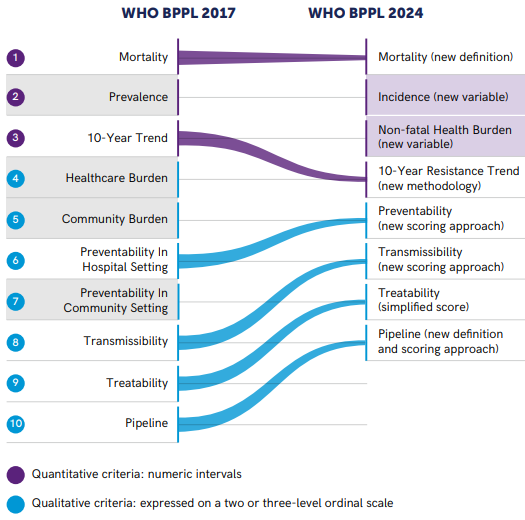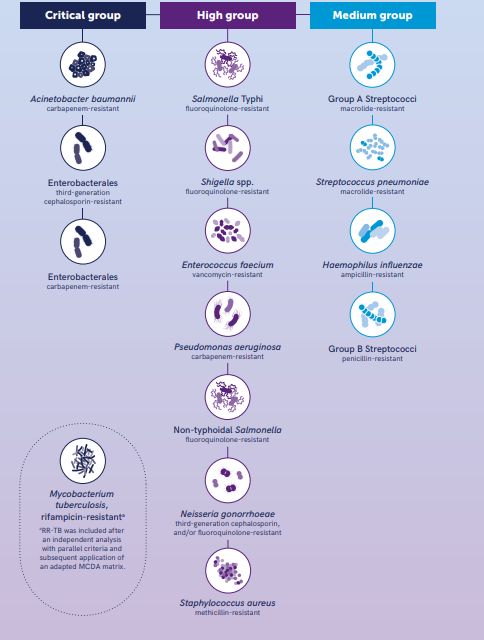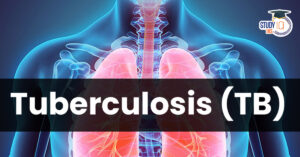Table of Contents
Context: The World Health Organization (WHO) has updated its Bacterial Pathogens Priority List (BPPL), highlighting critical priority pathogens that pose major global threats due to their high burden, resistance to treatment, and ability to spread resistance to other bacteria.
WHO Bacterial Priority Pathogen List (BPPL)
- Aim: To identify bacterial pathogens of public health significance in order to guide research, development, and strategies to prevent and control antimicrobial resistance (AMR).
- 2024 Edition: Builds on the first edition published in 2017.
- Updated and refined the prioritisation of antibiotic-resistant bacterial pathogens to address evolving antibiotic resistance challenges.

- Categories: Divided into critical, high, and medium priority groups.
- Coverage: Includes 24 pathogens across 15 families of antibiotic-resistant bacteria.
Critical Priority Pathogens
- Gram-negative bacteria resistant to last-resort antibiotics
- Mycobacterium tuberculosis resistant to Rifampicin.
- These pathogens are prioritised due to their severe impact on public health and the urgent need for new antibiotics to combat them.

High-Priority Pathogens
- Salmonella and Shigella: High burden in low- and middle-income countries.
- Pseudomonas aeruginosa and Staphylococcus aureus: Significant challenges in healthcare settings.
- These bacteria are particularly problematic due to their prevalence in specific regions and settings, making them a focus for targeted interventions.
Other High-Priority Pathogens
- Neisseria gonorrhoeae: Resistant to multiple antibiotics, causing persistent infections.
- Enterococcus faecium: Presents unique public health challenges due to its resistance to multiple antibiotics.
- These pathogens necessitate targeted research and public health interventions to manage their impact effectively.
| Antimicrobial Resistance (AMR) |
|


 AI and its Regulation in India, Limitati...
AI and its Regulation in India, Limitati...
 Tuberculosis (TB), Symptoms, Causes and ...
Tuberculosis (TB), Symptoms, Causes and ...
 Places in News for UPSC 2025 for Prelims...
Places in News for UPSC 2025 for Prelims...





















